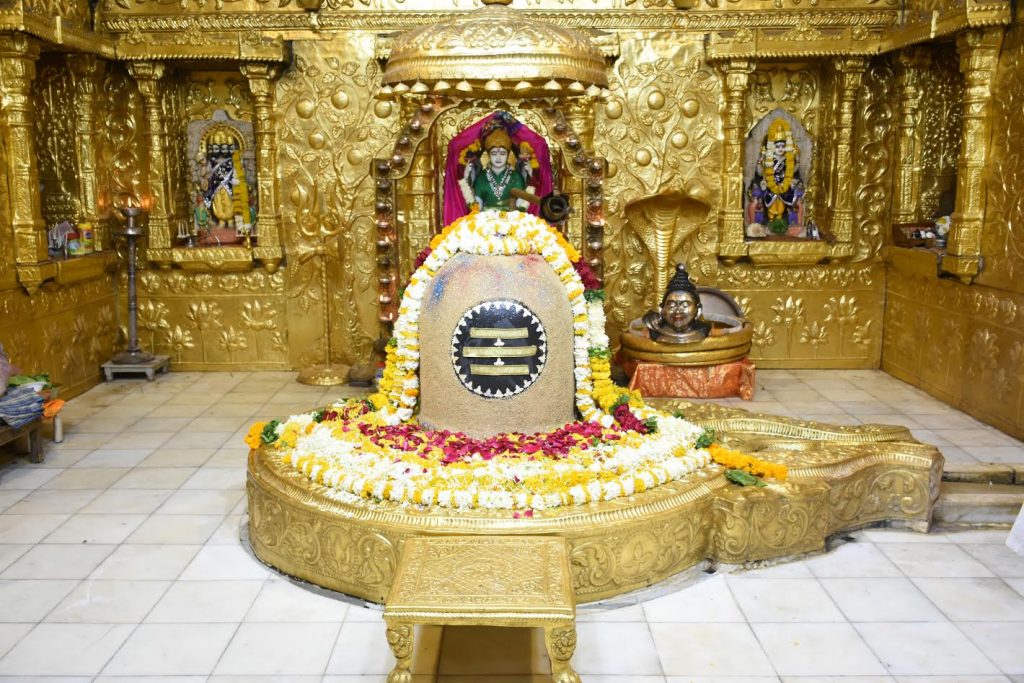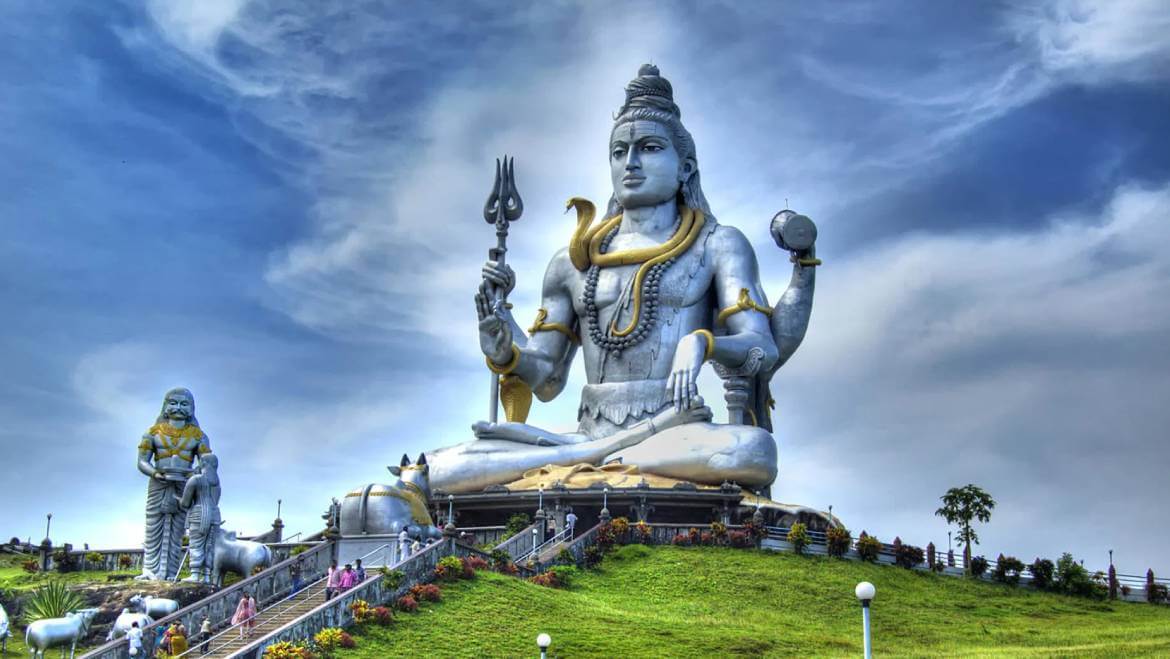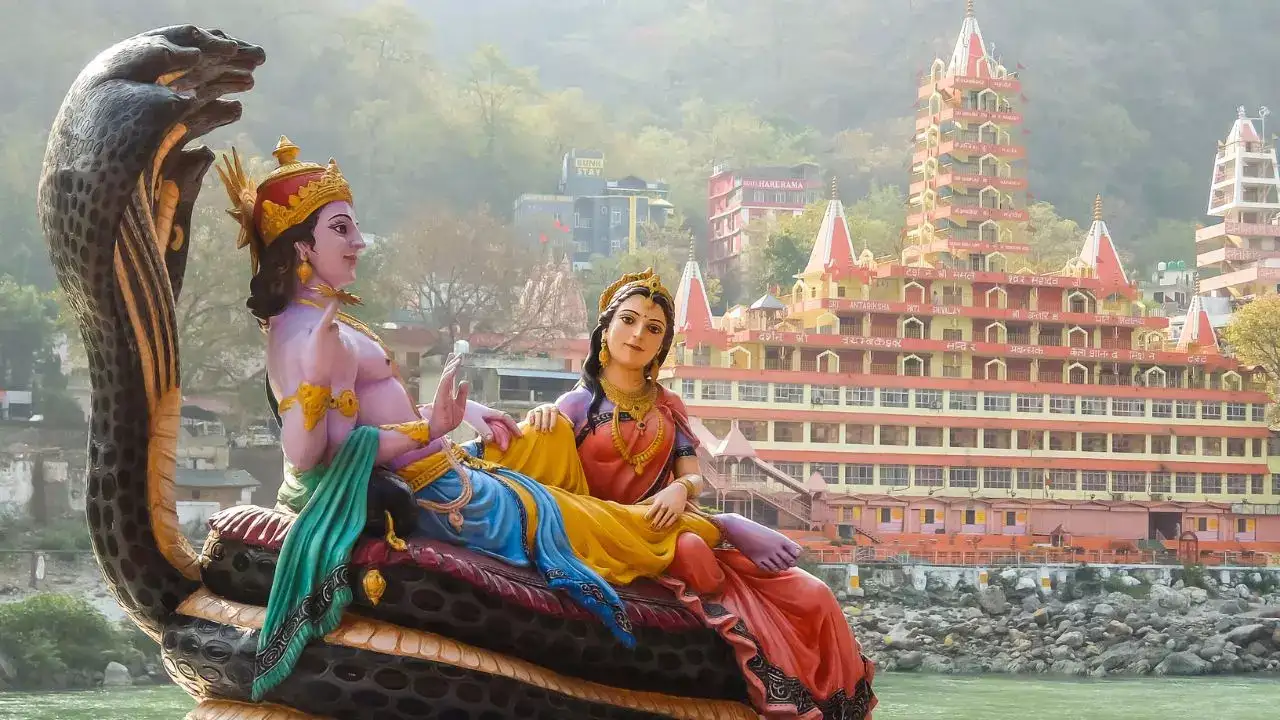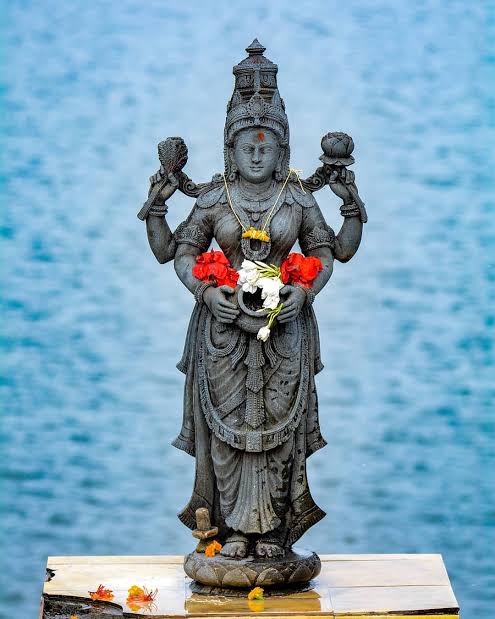Masik Shivaratri : The Monthly Night of Shiva
Masik Shivaratri, the sacred monthly night of Lord Shiva, falls on the 14th lunar day of Krishna Paksha. This serene and introspective observance, unlike Maha Shivaratri‘s grandeur, invites devotees to cleanse karmic debris and deepen devotion through fasting, vigil, and ritual worship, a personal pilgrimage under a moonless sky.
Masik Shivaratri recurs every lunar month on the Chaturdashi tithi during the waning moon. It’s often called “Monthly Shivaratri” and serves as a mini-version of Maha Shivaratri. Rooted deeply in Puranic tradition, it offers a gateway to spiritual purification and divine connection through intimate devotion rather than large-scale celebration.
Deities Associated
This observance is dedicated to Lord Shiva, the cosmic destroyer and transformer, honored in his lingam form. Occasionally, Goddess Parvati is invoked to honor their eternal union of Purusha (consciousness) and Prakriti (nature), reflecting the balance of energies. In some regions, Lord Ganesha is first worshiped to remove obstacles before Shiva Puja begins.

“Under the silent moonless night, Shiva’s timeless grace dissolves our karmic shadows.”
Origin, Significance, and Vedic Astrological Relevance
Mythic Origin:
Several Puranic legends connect Masik Shivaratri with cosmic events. One tells of Shiva manifesting as an infinite Lingam, witnessed by Brahma and Vishnu, teaching humility and divine infinity. Another cites the Samudra Manthan episode, where Shiva drank halahala to save all beings, earning the name Nilakantha.
Astrological Relevance:
The Chaturdashi tithi during Krishna Paksha is highly favored by Shiva-it’s believed that offerings made then yield great spiritual fruit, purify karmas, and guide seekers toward sayujya mukti (direct union with Shiva).
Significance:
This monthly night embodies the union of Shiva and Shakti, dissolving ignorance and tamasic impulses while nurturing spiritual growth, self-discipline, and liberation.
Customs, Traditions, and Rituals
Devotees prepare themselves by waking early, bathing, and donning fresh clothes. A sankalp (devotional vow) is taken to fast and stay alert throughout the night. The puja space and lingam are meticulously cleaned. Lights are lit in symbolic reverence, prayers offered to ancestors (tarpan), and charity done for spiritual merit.
Special ritual items include bilva leaves, sesame seeds, honey, curd, ghee; and fruits or phalahar for sustenance. Families chant “Om Namah Shivaya”, Maha Mrityunjaya and Shiva Chalisa across four prahars – three-hour shifts, maintaining a solemn vigil.
Puja Vidhi & Puja Katha
Puja Vidhi:
-
Begin midnight (Nishita Kaal).
-
Perform abhishekam with Ganga jal, milk, honey, ghee, sugar, curd.
-
Adorn lingam with bilva leaves and fresh white flowers.
-
Light lamps, incense, and recite mantras like Om Namah Shivaya, Maha Mrityunjaya.
-
An aarti concludes the night’s worship before dawn, followed by prasadam distribution.
Masik Shivaratri Puja Katha
The Story of Chitrabhanu (Hunter’s Redemption):
Once lived a tribal hunter named Chitrabhanu, burdened with debts and fierce in nature. Unable to repay, he was imprisoned by his creditor coincidentally on Masik Shivaratri. While confined, he overheard priests reciting the Shivaratri legend and resolved to repay his loan by the next morning.
Freed but famished, Chitrabhanu wandered into the forest and climbed a bilva tree near a pond to rest. Unbeknownst to him, beneath the tree rested a hidden Shiva Lingam. As he broke branches to settle, bilva leaves and twigs fell onto the Lingam. Thus, unknowingly, he performed offerings bilva leaves, water and kept a fast through necessity.
During the first paarhar (early night), a pregnant doe came to drink. He nearly shot her but spared her life when she pleaded about her unborn fawn. In that moment, more leaves fell onto the Lingam as he raised his bow. Again, unintentionally, this reinforced his worship.
By dawn, Chitrabhanu had:
-
Kept a fast.
-
Made symbolic offerings.
-
Maintained vigil across the night.
Pleased by this inadvertent devotion, Lord Shiva appeared and bestowed blessings upon him. The hunter was freed from his debts, and his lineage was prophesied to flourish materially and spiritually. In later life, Chitrabhanu became a wise king who recounted the tale to sages, emphasizing that heartfelt devotion—even unwitting—can lead to redemption and divine favor.
Celebrations Across India
Though largely personal and home-centric, many temples echo with activity. In Telangana and Andhra Pradesh, the Pancharama temples (Draksharamam, Kumararama, Amararamam, Ksheerarama, Somaramam) and the Srisailam Jyotirlinga remain vibrant with worshippers. In the north, some align with Pradosh Vrat, the twilight observance amplifying spiritual resonance.
Temples Where This Festival Is Prominent
-
Pancharama Temples in Andhra Pradesh
-
Jyotirlingas
-
All Shiva temples
How to Observe
-
Pre-Dawn: Wake early, bathe, cleanse puja space, wear clean clothes.
-
Sankalp & Vigil: Take fortal vow, fast (nirjala or phalahar), stay awake throughout.
-
Ablutions & Abhishekam: Begin at Nishita Kaal with ritual bath for lingam.
-
Devotional Practice: Chant mantras, meditate, and maintain spiritual focus across four prahars.
-
Charity: Donate grains, food, clothes, or money.
-
Break-Fast: After Brahma Muhurta, consume light, sattvic foods like fruits or khichdi.
Benefits of Celebrating (Spiritual/Health/Social)
Spiritual:
-
Rituals like fasting and vigil help destroy sins and kill tamas/rajas guna, aiding in sayujya mukti.
-
Augments self-discipline, spiritual clarity, and inner resilience.
Mental-Emotional:
-
Encourages introspection, reduces stress, fosters emotional equilibrium and peace .
Health:
-
Intermittent fasting and mental calm promote detoxification and improved immunity .
Social:
-
Encourages charity, unity, and cultural continuity. Married and unmarried women observe it for marital harmony or suitable life partners.
Masik Shivaratri is a profound spiritual reset each lunar cycle – a commitment to purity, compassion, and cosmic attunement. In the stillness of a moonless night, seekers find that the silent grace of Shiva can illuminate inner darkness and light the path to liberation.




